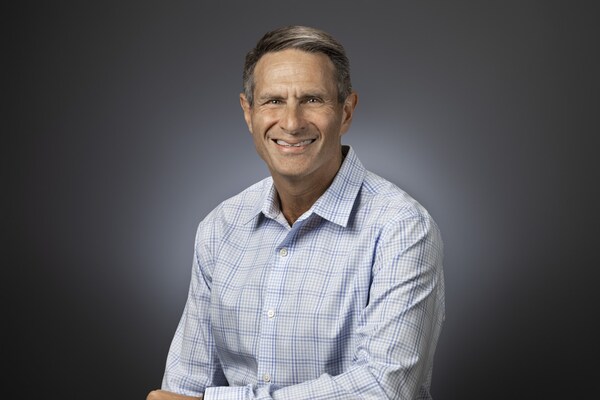Marketing Frontiers
Celebrity Drives Brand Awareness, Nano-Influencers Drive Commerce
By
Kaitlyn Schembri
Contributor, Koalifyed
CONTACT
hello@stagwellglobal.com
SIGN UP FOR OUR INSIGHTS BLASTS
With the advent of social commerce, influencers have never been more important. Global sales driven by social commerce will triple to $1.2 trillion by 2025. At the same time, user-generated content is on the rise, accounting for 39% of weekly media hours consumed by Americans. We’re living in the age of nano-influence, driven by the professionalization of the Creator Economy and brand investments in social commerce.
In the old days of influencer marketing, celebrity partnerships were strong drivers of top-of-funnel marketing. A-listers like Betty White gave brands wide-ranging exposure. No wonder brands lead with celebrities at the Super Bowl; on a stage with a hefty price tag, leveraging talent with a built-in fan base makes sense. Salesforce’s recent Big Game ad with Matthew McConaughey was a memorable callback to his 2014 hit “Interstellar.” It likely did little to drive conversion when it aired but drove conversation for days afterward.
With the rise of social commerce and performance measurement, creators boast an enviable position in today’s brand marketing playbook. In-app social marketplaces that let consumers shop the entire funnel on Instagram and TikTok mean the power of a single influencer post holds more weight than ever before. Consumers no longer need to see your website to make a sale – and it’s likely they don’t want to!
Nano-influencers are today’s driver of commerce. TikTok, more than any other platform, is driving this trend. Over the past two years, TikTok has democratized the digital world, allowing creators to reach a large audience on the app without a substantial following (and, in some cases, hardly any following at all). The algorithm prizes discovery over drudgery, priming niche content and creators with fewer than 10K followers to capture eyeballs (and results).

In this landscape, nano influencers are an authentic way for brands to connect with consumers. Frequently the tastemakers and thought leaders of their niche communities, they command the respect of small but mighty followings. Consumers are more likely to view them as friends than other-worldly celebrities, adding trust and engagement. Studies have shown that while 3% of consumers would consider buying a product in-store if promoted by a celebrity, that number jumps to 60% for a nano-influencer.
Dunkin’ recently tapped into various influencers with fewer than 50,000 followers to power its latest “coffee-first” campaign. Analysis showed nano-influencers generated higher engagement rates, with an average engagement rate of 5.2%. Dunkin’ succeeded in organically growing a support base for its coffee ambitions.
Nano influencers also can help brands drive a positive impact on diversity & inclusion. Being purposeful in curating your influencer marketing partnerships can ensure your brand does its part in platforming diverse perspectives. Consider how nano-influencers from yet-unengaged segments might supplement your core marketing activities for major product launches. Launching a new foldable exercise bike for the WFH generation? Consider partnering with TikTok influencers who produce content on career acceleration for P.O.C. talent. You never know what content may come of the effort!
As nano influencers proliferate marketing campaigns, it’s critical brands have agile, scalable solutions for influencer marketing management. Creators should be natural extensions of the marketing team. Investing in the right tech to reach, negotiate, and communicate with them is essential for success in this era of super-charged social commerce.
When leveraging the power of nano influencers, do not overlook the vetting process. Brand safety controls are key in the wild west of today’s platform-fragmented internet, as is closely managing influencer spending. Many marketers fall prey to the hidden costs of fake follower bots on their influencer efforts, which threaten to diminish a campaign’s chances of success and harm trusted influencer relationships. Bot detection is vital to ensuring brands are getting the complete picture. At Koalifyed, we leverage our platform’s built-in S.N.I.F.F. technology to help brands reach a higher R.O.I. for their influencer marketing investments.
We hear success stories every day from brands utilizing nano-influencers to hit their marketing KPIs. We predict the gap between the brands who invest in this strategy versus those who don’t will only widen in the coming years as platforms double-down on social commerce development and authentic brand marketing remains a priority for consumers.
Related
Articles
In the News, Marketing Frontiers, Press Releases, Stagwell Marketing Cloud
Apr 02, 2025
The European Commission Expands its Partnership with UNICEPTA by PRophet to Include Media Analysis

Artificial Intelligence, In the News, Marketing Frontiers, Press Releases
Apr 02, 2025
Stagwell (STGW) Appoints John Kahan as Inaugural Chief AI Officer

In the News, Investments & Financials, Press Releases
Apr 02, 2025
Stagwell (STGW) Will Host 2025 Virtual Investor Day and Announce $5 Billion Revenue Target by End of FY29





